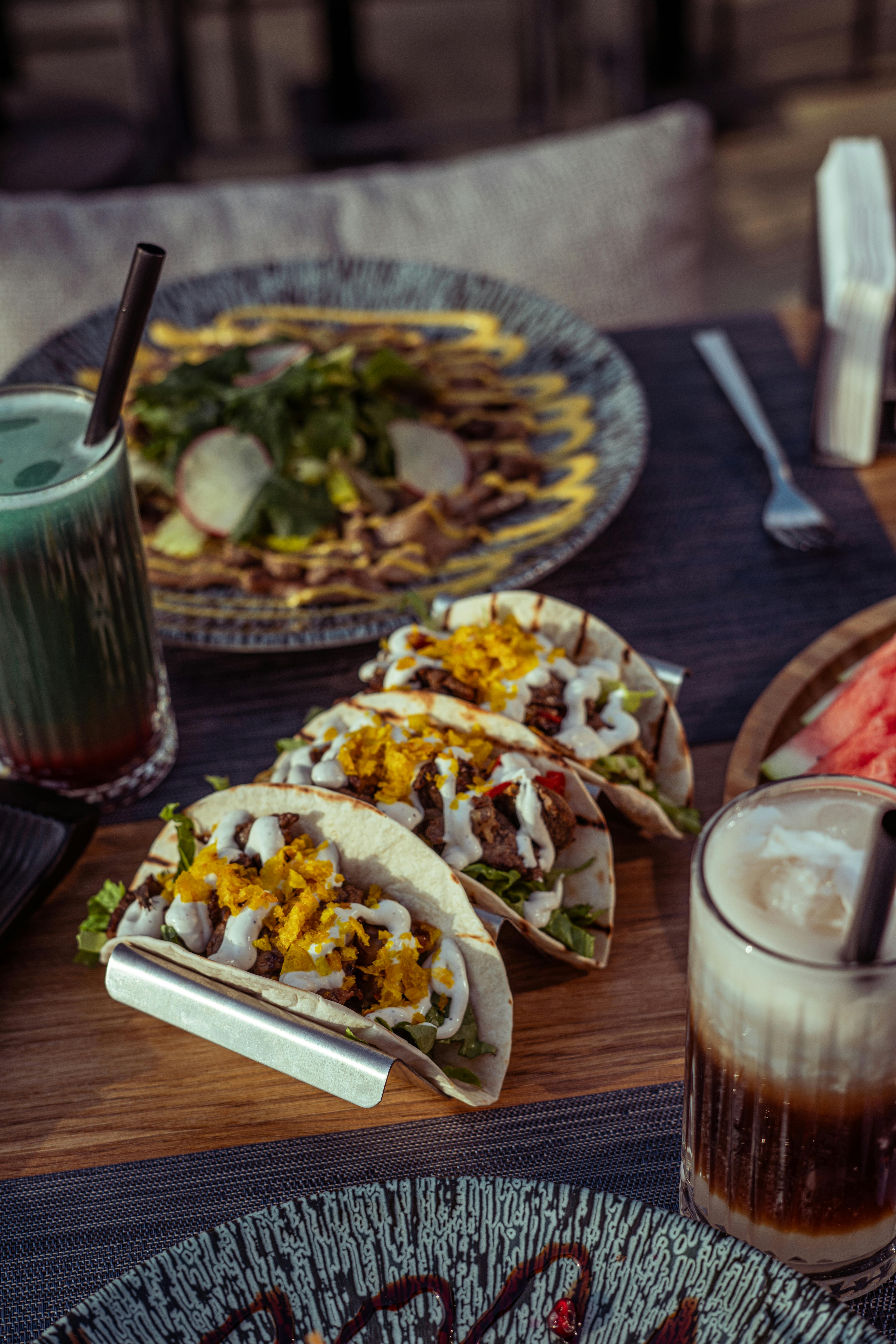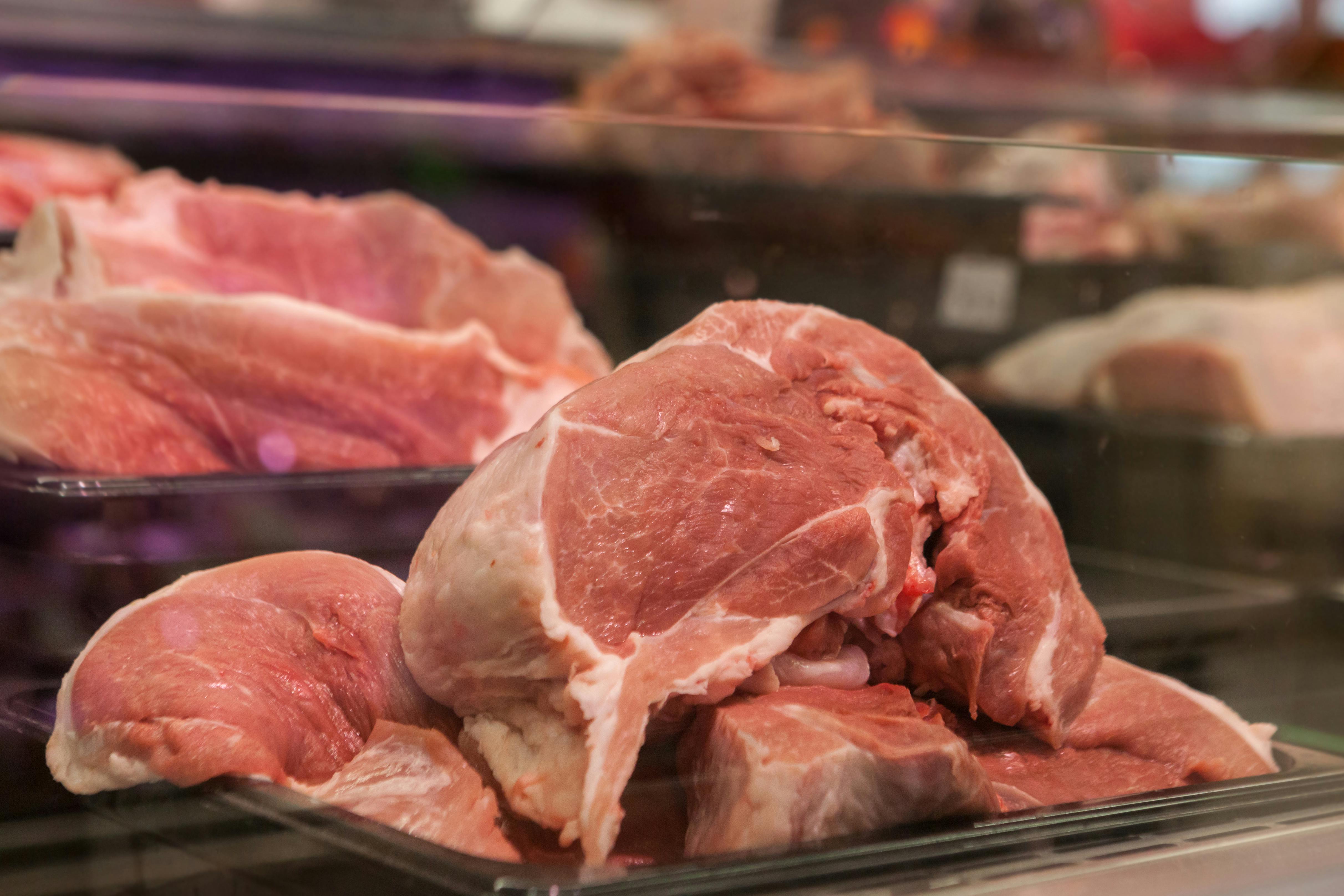Simple Guide to Effective Rice Diet Recipes for Weight Loss in 2025
Rice has long been a staple in diets across the globe, treasured not only for its versatility but also for its nutritional benefits. In 2025, an effective rice diet can be a powerful tool for weight loss, especially when utilizing various rice recipes that accommodate different dietary needs. Rice provides an array of healthy carbohydrates and essential nutrients, making it an excellent core component of a balanced meal plan. This guide will delve into various rice diet recipes that can aid in weight management, highlight rice’s nutritional profile, and offer practical cooking tips to enhance your culinary experience.
Benefits of incorporating rice into your meal plan include its high energy content, low-calorie options for weight control, and fiber-rich varieties like brown rice. We’ll explore brown and white rice, cooking methods, portion control, and how to create satisfying rice dishes that are not only healthy but also enjoyable. Additionally, you will find practical strategies for incorporating rice into your meals, ensuring that you make the most out of this versatile grain while maintaining a diet-friendly approach.

This article will cover:
- Rice cooking methods and nutrition
- Healthy rice recipes for weight loss
- Rice meal preparation and portion control
- Ideas for rice pairings with vegetables and proteins
- Expert tips for flavorful and low-calorie rice dishes
Let’s get started on this delicious journey toward a healthier you with effective rice diet recipes!
Essential Rice Cooking Methods for Healthy Meals
Understanding how to cook rice properly is crucial for enjoying nutritious meals that support your weight loss journey. The cooking method can significantly affect the nutritional quality of rice and its overall health benefits. Here, we'll explore several essential rice cooking methods that ensure you get the most out of this staple food.
1. Boiling Rice for Perfect Texture
Boiling is one of the simplest and most commonly used methods to prepare rice. To boil rice effectively, start by rinsing it under cold water to remove excess starch. Using the right water-to-rice ratio is key: typically, a ratio of 2:1 for white rice and 2.5:1 for brown rice is optimal. Bring water to a boil, add the rice, and cover. For white rice, simmer for about 18 minutes and brown rice for 35-40 minutes. This simple technique allows you to enjoy fluffy rice that can be paired with a variety of ingredients.
2. Steaming Rice for Added Nutrition
Steaming rice is a healthier option as it helps retain more nutrients compared to boiling. By using a steamer basket, you can enhance the rice’s flavor while avoiding the extra fats that come from frying. Steaming brown rice is particularly beneficial as it maximizes its fiber content. Place rinsed rice in the steamer and allow it to steam for 30-35 minutes, ensuring you get that tender yet firm texture perfect for meal prep.
3. Rice Cooker Method for Convenience
A rice cooker is a fantastic tool for quick and consistent results. It simplifies the cooking process by automatically switching to 'warm' once the rice is done. This method is particularly useful for busy weeknights. Simply add rinsed rice and the appropriate water to the cooker, turn it on, and focus on other meal preparation tasks while it cooks to perfection. With very little effort, you can have perfectly cooked rice ready in short order!
4. Baking Rice for a Unique Twist
Baking rice may not be the first method that comes to mind, but it's a creative way to create a delicious dish. By combining rice with broth and seasoned vegetables in a baking dish, you can enjoy a comforting meal. Preheat your oven to 350°F (175°C), mix your ingredients, and let it bake for about 30-40 minutes. This method not only infuses flavor but also allows for easy cleanup, making it a great option for meal preparation.
5. Pressure Cooking for Quick Meals
Using a pressure cooker can drastically reduce cooking time, making it perfect for those hectic evenings. The general ratio for pressure cooking white rice is 1:1. For brown rice, use 1:1.25. Lock the lid, bring to high pressure, and cook white rice for about 3 minutes and brown rice for around 22 minutes before releasing pressure. This method ensures a quick, delicious, and satisfying meal that fits nicely into a weight loss lifestyle.
Conclusion of Cooking Methods
These rice cooking methods not only provide you with various textures and flavors, but they also promote healthy eating habits as you make rice a fundamental part of your diet. As we transition from cooking techniques to delicious recipes, you'll discover how to incorporate these methods into low-calorie rice dishes that support your weight loss goals.
Healthy Rice Recipes for Weight Loss
Once you know how to cook rice effectively, the next step is to create dishes that are both tasty and conducive to weight loss. In this section, we will highlight various rice recipes that are low in calories and rich in nutrients, featuring ingredients like vegetables, lean proteins, and healthy fats.
1. Brown Rice and Vegetable Stir-Fry
Stir-fries are fantastic for packing in a variety of veggies along with brown rice—a fiber-rich option that keeps you full longer. Start with cooked brown rice and sauté vegetables like bell peppers, broccoli, and snap peas in a bit of olive oil or sesame oil. Add soy sauce or spices to taste. Not only does this dish come together quickly, but it's also a colorful way to enjoy your rice with minimal calories, providing an excellent carb-protein balance needed for weight loss.
2. Rice and Legume Salad
Add protein and fiber to your meal with a hearty rice and legume salad. Combine cooked white or brown rice with canned chickpeas or black beans, cherry tomatoes, cucumbers, and diced red onion. Dress with a simple lemon vinaigrette for a refreshing meal that's easy to pack for lunches. This recipe showcases the diverse ways to enjoy rice while ensuring you maintain a balanced diet.
3. Light Rice and Chicken Bowl
A chicken rice bowl is ideal for a satisfying and nutritious meal. Cook white or brown rice and top it with grilled chicken breast, steamed vegetables like spinach or carrots, and a drizzle of low-sodium teriyaki or soy sauce. This dish is not only family-friendly but also perfect for meal prep as you can easily pack servings for the week.
4. Spiced Rice and Fish Dish
Pairing rice with fish adds health benefits from omega-3 fatty acids. Prepare basmati rice and season it with turmeric and cumin for extra flavor. Serve with grilled salmon, asparagus, and a side of mango salsa. This dish is sure to be a hit, bringing together vibrant flavors while still being mindful of calorie counts.
5. Rice Detox Bowl
Incorporating a detox bowl into your meal plan can promote a sense of well-being. Use brown rice as the base, add steamed kale or spinach, avocado slices, and a poached egg. Drizzle a tangy tahini dressing over the top. This recipe maximizes nutrients and ensures you feel satisfied without overindulging, reinforcing your weight management path.
Conclusion of Healthy Rice Recipes
These healthy rice recipes provide a starting point for your journey into creating balanced meals that encourage weight loss. With these options in mind, let’s explore effective meal preparation strategies and portion control tips to further streamline your rice diet.
Effective Meal Preparation and Portion Control
Meal preparation and portion control are vital elements of a successful rice diet. By planning and preparing your meals in advance, you can avoid unhealthy food choices while maintaining balanced nutrition. Here, we’ll outline strategies for making rice a core element of your meal prep.
1. Planning Your Rice Meals
Start by choosing a variety of rice recipes for the week that include diverse ingredients. This ensures that your meals are never boring and that you cover essential nutrition. Allocate one day a week for meal prepping, and list the rice dishes you intend to make. This organized approach makes it easier to shop for groceries and stay on track.
2. Utilizing Batch Cooking
Batch cooking is an efficient way to prepare meals in large quantities, allowing you to have ready-to-eat options throughout the week. Cook a large batch of rice using your chosen method, then portion it out with assorted proteins and vegetables into containers. This approach saves time and ensures you have healthy meals available, reducing the tendency to choose less nutritious options.
3. Proper Portion Sizes
Understanding portion sizes is crucial to maintaining calorie control. A standard serving of cooked rice is typically 1/2 cup, which provides a satisfying base for your meals. Using measuring cups can help you adhere to these portions, especially when coupled with healthy proteins and vegetables to create a balanced plate.
4. Incorporating Variety in Rice Dishes
Avoid dietary monotony by incorporating a range of rice dishes. Mixing various rice types, such as brown, white, and wild rice, along with different flavor profiles, keeps meals exciting. Experiment with spices and cooking techniques to create different textures and flavors, ensuring you look forward to every meal.
5. Keeping Track of Your Meals
Using a meal tracking app can assist you in monitoring both your food intake and progress. Logging your rice meals along with other food choices will help you remain accountable to your weight loss goals. Regularly reviewing your entries ensures that you’re not exceeding portion sizes and gives you insights into your eating habits.
Conclusion of Portion Control and Meal Prep
Effective meal preparation and understanding portion control can help you make the most out of your rice diet. With these strategies in place, we can now explore delicious rice pairings with vegetables and proteins to create satisfying meals without sacrificing flavor.
Rice Pairings: Vegetables and Proteins
Pairing rice with the right vegetables and proteins can significantly enhance the nutritional value and taste of your meals. In this section, we'll highlight some excellent combinations to ensure your rice dishes are both delicious and weight-loss friendly.
1. Rice and Seasonal Vegetables
Incorporating seasonal vegetables adds essential vitamins and minerals while keeping your meals fresh and flavorful. Ingredients like zucchini, asparagus, and bell peppers sautéed with garlic pair beautifully with any rice type, providing a colorful and nutrient-rich dish. This combination not only enhances the flavor but also contributes to the overall bright presentation of your meals.
2. Rice with Lean Proteins
Choosing lean proteins like chicken breast, turkey, or tofu to accompany your rice can help you maintain a balanced meal. These proteins complement rice well, offering a satisfying meal that is crucial for muscle recovery and overall health. Try marinating chicken in herbs and grilling it to create a delightful rice bowl that comes packed with flavor and nutrition.
3. Rice and Healthy Fats
Adding healthy fats like avocado or nuts can make your rice dishes more filling and delicious. Avocado adds a creamy texture, while nuts contribute a crunchy contrast. Both options offer healthy fat sources that enhance satiety, making you less prone to snacking between meals.
4. Combining Rice with Beans or Legumes
Rice and beans are a classic combination that creates a complete protein, which is particularly beneficial for vegetarian diets. This pairing is not only economical but also ensures you receive a variety of nutrients. Choose black beans, pinto beans, or lentils for an excellent source of fiber to keep you satisfied longer.
5. Flavoring Rice with Herbs and Spices
Don't shy away from using herbs and spices to elevate your rice dishes. Seasonings like garlic, ginger, cilantro, and chili flakes can transform plain rice into a gourmet experience. Experimenting with different flavors can keep your meals interesting while supporting your weight loss journey.
Conclusion of Rice Pairings
These rice pairings with vegetables, proteins, and healthy fats make for delicious and nutritious meals that align well with a weight-loss strategy. As we wrap up our guide, let’s address some frequently asked questions about rice diets and their implementation.
Q&A Section: Common Questions About Rice Diets
1. Can I eat rice every day for weight loss?
Yes, you can enjoy rice daily in moderation as part of a balanced diet. Opt for whole grain varieties like brown rice to benefit from its fiber content, which aids in digestion and can help control appetite.
2. What is the best type of rice for a diet?
Brown rice is generally considered the healthiest option due to its higher fiber content and nutritional value compared to white rice. It can help you feel fuller longer and support digestive health.
3. How can I reduce calories in rice dishes?
To reduce calories, focus on using less oil when cooking and adding plenty of vegetables. Swap high-calorie dressings for lighter vinaigrettes, and be sure to control portion sizes.
4. Is rice gluten-free?
Yes, rice is naturally gluten-free, making it a great option for those with gluten sensitivities or celiac disease. Incorporating rice into your diet can provide a safe source of carbohydrates.
5. Can rice fit into a low-carb diet?
While rice is primarily carbohydrate-based, you can still include it in moderation on a low-carb diet by choosing lower portion sizes and balancing it with vegetables and proteins. Considering alternatives like cauliflower rice can also provide a low-carb option.
Embracing a rice diet can transform your meals, making them more nutritious while supporting your weight loss goals. With effective cooking methods, delectable recipes, and thoughtful meal preparations, rice can be a significant and healthy component of your weight management strategy.

Explore more rice recipes and tips at Food Fix and discover healthy meal preparations that are easy and satisfying. Remember, effective meal planning with rice as a staple can lead to successful weight loss and improved overall well-being.
